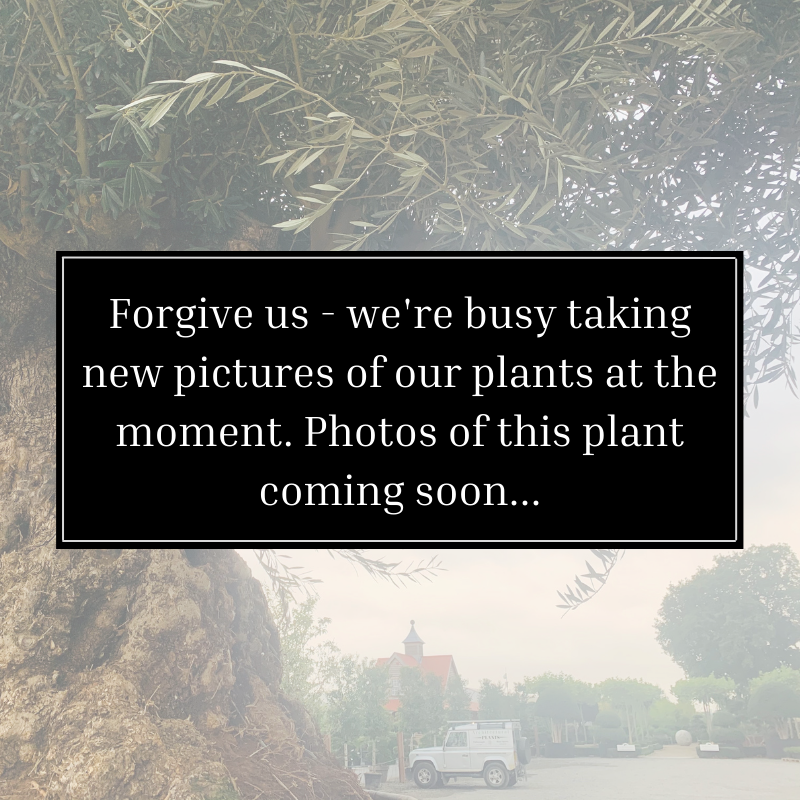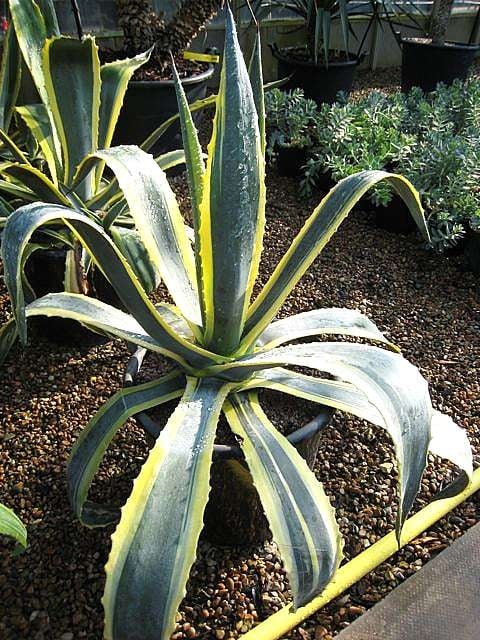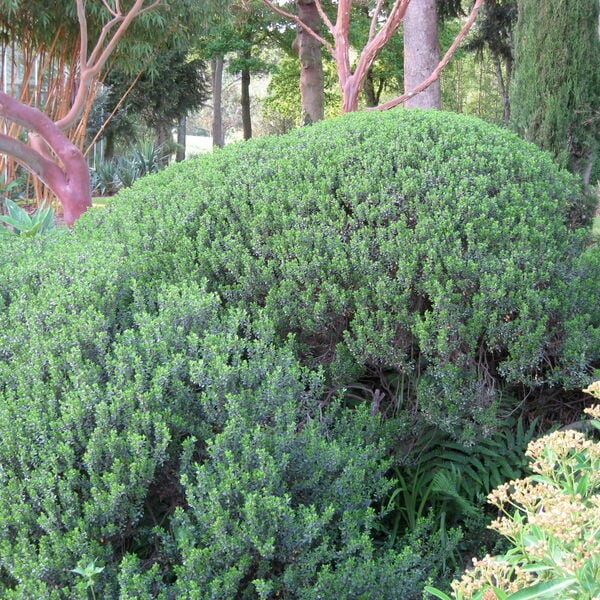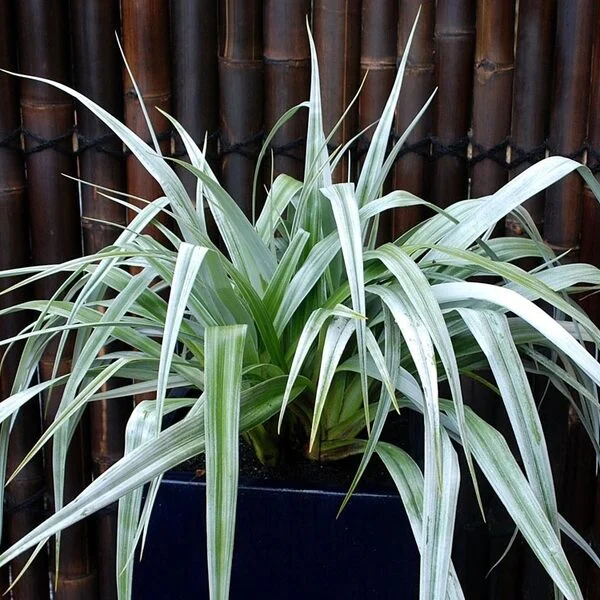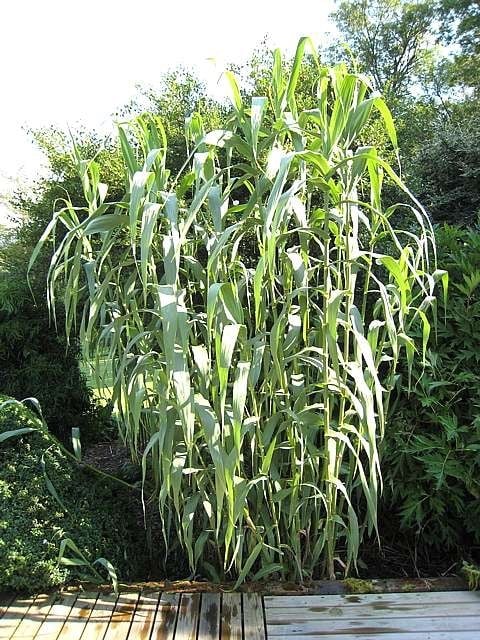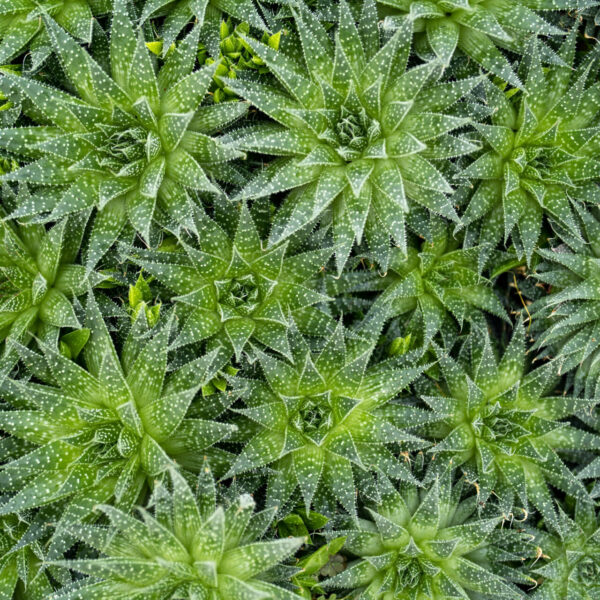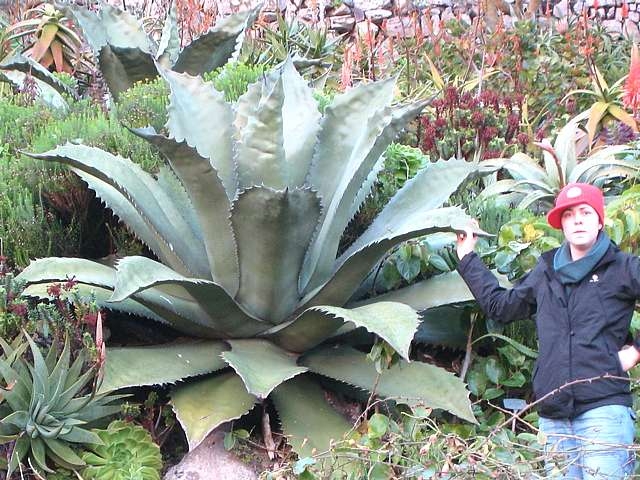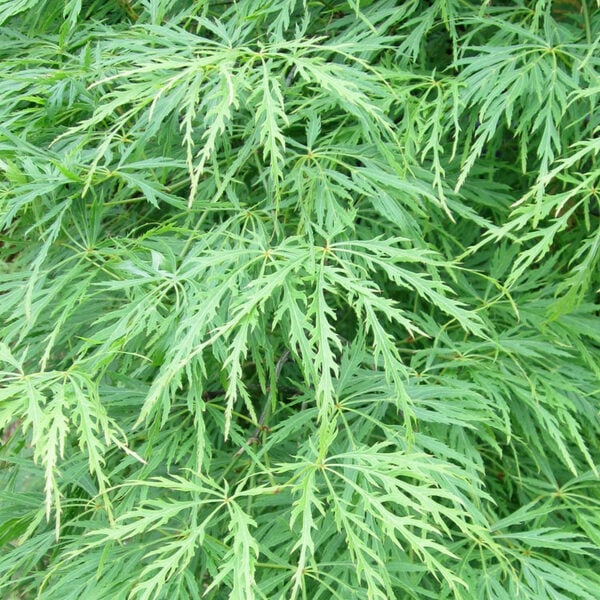Crataegus monogyna (Hawthorn, Quickthorn, May tree)
Widespread in our fields and hedgerows, hawthorns and embedded in myth and legend. Please contact us for stock availability and sizes.

Hardiness level Green
As a Christopher Robin type forever ferreting about in hedgerows and falling into newty ditches, the scent of a Hawthorn in late spring (whatever the weather) is still redolent of that first properly hot sunshine on the back of your arms, and cloud free skies filled with larks. Properly Proustian. You don’t need to have had a Just William upbringing to appreciate the May Tree though: it’s so widespread in our fields and hedgerows, and so deeply embedded in myth and legend, that we’re almost hardwired to respond to its froth of spring blossom and pretty leaves after the gloom of winter.
If you’re a city dweller with an open window in May and lucky enough to catch a waft of it as you ponder something pedestrian and grey, you will be transported. Promise. All the joy of the countryside, with or without a pocket full of interesting beetles.
You’ll see the leaves of this small tree (or big shrub) carved into 12th Century churches and even embellishing early coins. In Serbia, the wood is considered essential for making the kind of stakes that kill vampires, and the Greeks use them to deck their altars to Hymenaios, apparently.
For our purposes, all prose aside, they’re exceptional ornamental and street trees, and famously used as hedging. Dense thickets of criss-cross branches support cloudy oozes of finely-cut foliage which hide some fierce spines, keeping cows in and apple-scrumpers out (mostly) so mind how you go. The fruits are ornamental and not to be eaten.
Seems to grow anywhere that soil sticks. Hardy in sun or light shade and not especially bothered about being in windy or exposed sites. In these spots will remain more of a large shrub, though. Great for hedges and a really important habitat for a wide range of wildlife including Christopher Robins.
N.B. When clipping several plants with the same tool, have a bucket containing a 5% bleach solution and swish your blades around for 30 seconds between plants to sterilise them. This will help avoid the chance of cross contamination of disease.
As with all woody plants, plant high, exposing as much of the taper at the base of the trunk as possible. Allowing soil to accumulate round the base of a tree can be fatal. Keep very well-watered when first planted.
Additional Information |
|
|---|---|
| Continent of Origin | |
| Features | |
| Flower Colour | |
| Hardiness | |
| Light | |
| Plant Type | |
| Situation | Coastal, Exposed (To wind and sun), Mild City Gardens, Seaside, Sheltered Garden |
| Soil Type | |
| Tree Size | |





